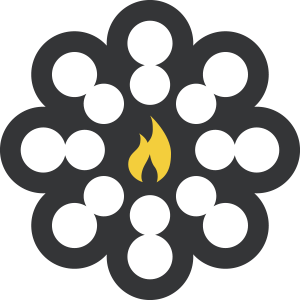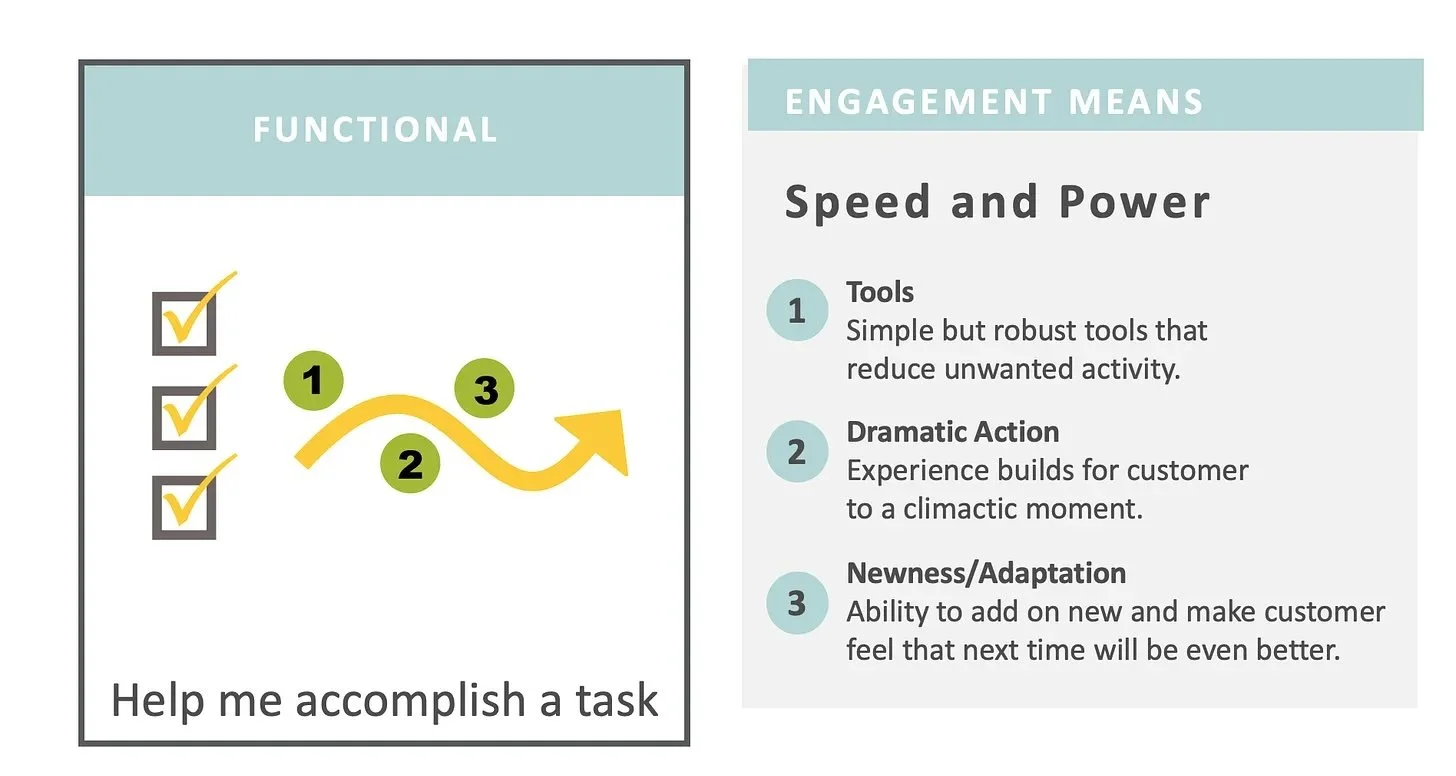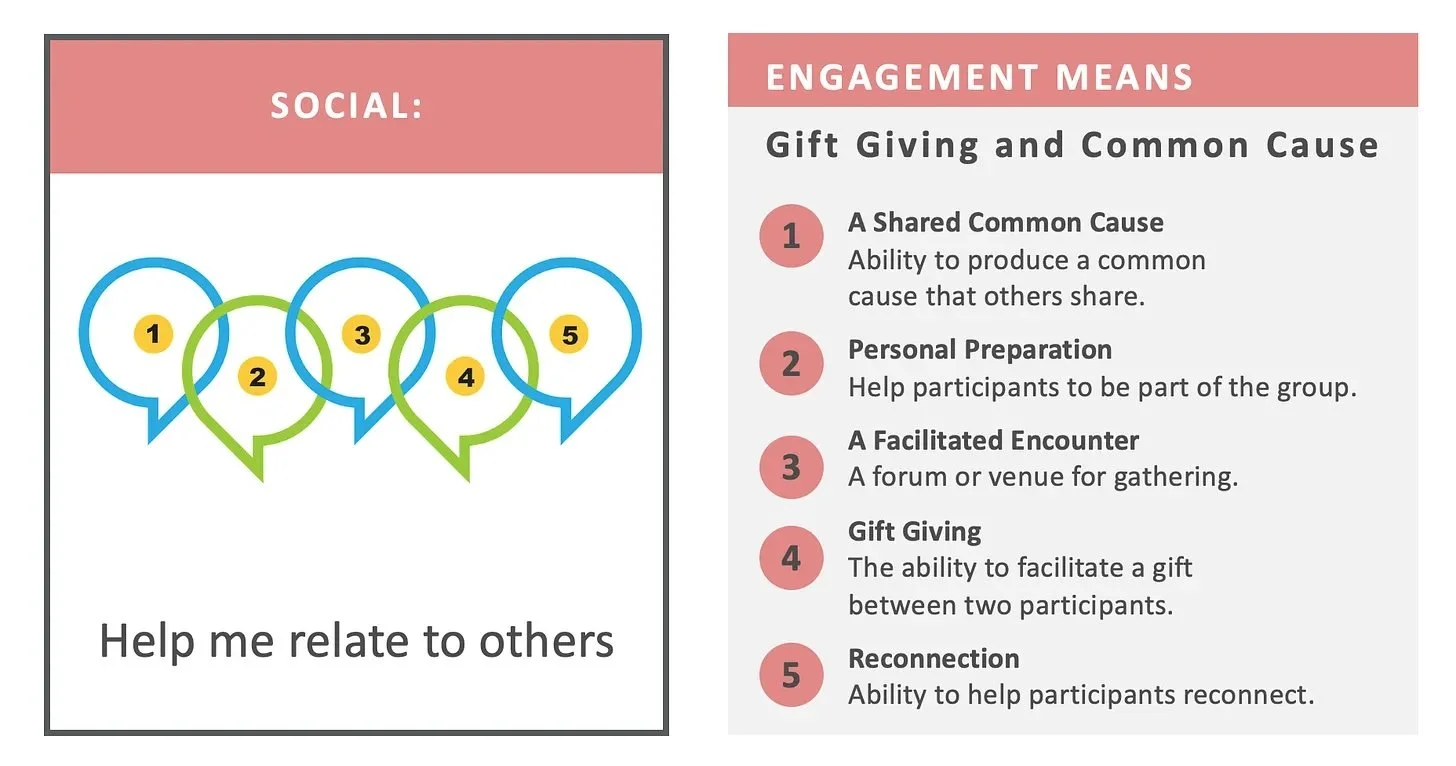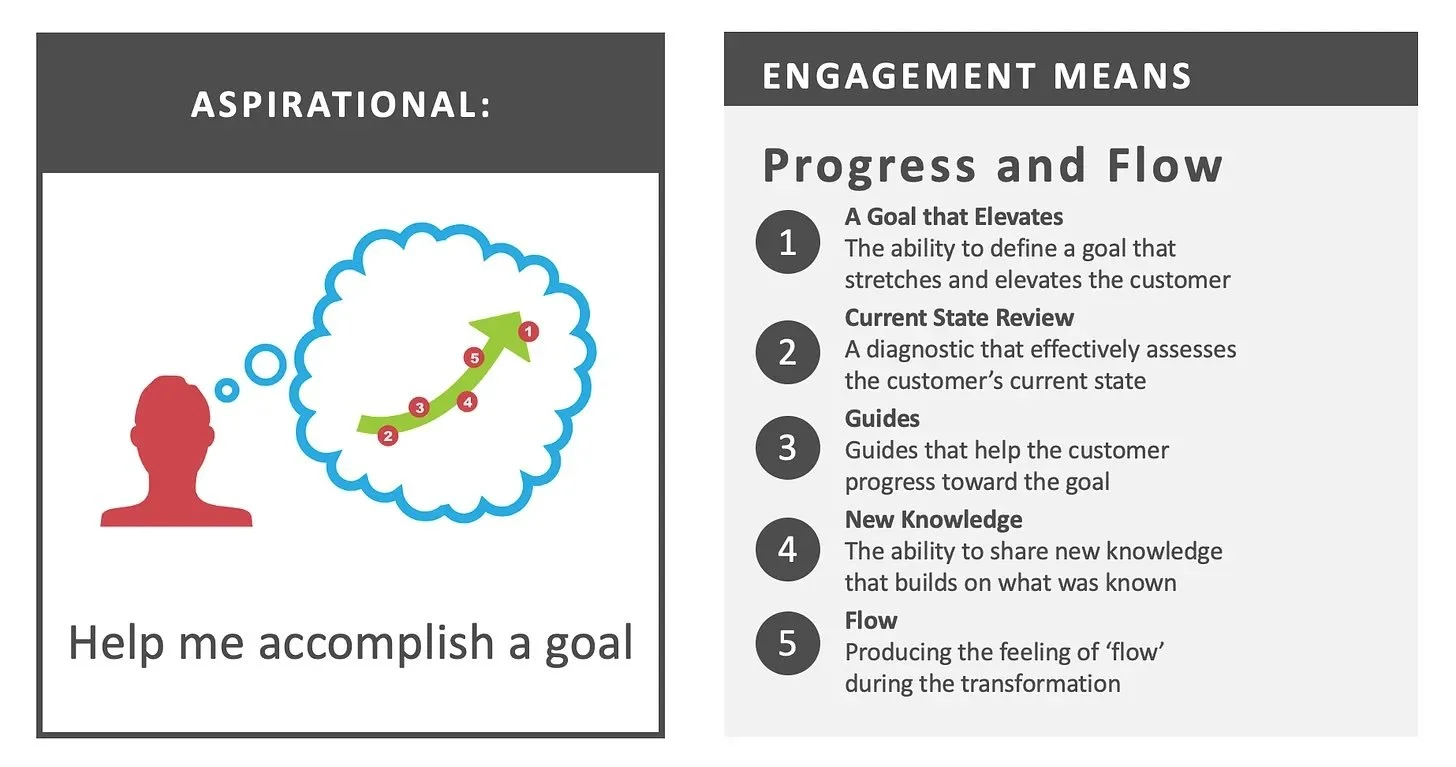What Exactly Do Customers Mean by A Functional, Emotional, Social, or Aspirational JTBD?
Most taxonomies of JTBDs focus on the differences between big jobs and small jobs. And like Christensen’s model, they tend to emphasize functional needs over other needs. The Stone Mantel taxonomy starts from a different place. Instead of defining the types of jobs to be done based on the size or importance of the job, we focus on what expectations people have for different types of experiences.
Common expectations are inherent in a wide range of experiences that people define each time. Why? Because people are predisposed to believe that your solution will deliver on basic requirements for the category. People don’t want a search solution to function like a movie, where you have to watch a plot unfold. They want the functional job of searching to behave like a functional job. They want an emotional job, like watching a movie, to behave like other emotional job solutions do.
Here are the requirements.
Functional Job Types or “Help Me Accomplish a Task”
People are predisposed to believe that a functional JTBD solution will have three experiential elements in the solution. They are:
Tools - Simple but robust tools that reduce unwanted activity.
Dramatic Action - Experience builds for customers to a climactic moment.
Newness/Adaptation - Ability to add on new and make customers feel that next time will be even better.
A trip through Home Depot or any other home improvement store will remind you of what people want from solutions that help them accomplish a task. They want power. They want robustness. They particularly like solutions that somehow incorporate a bit of dramatic action. I still remember some research we did for a large oven manufacturer. We watched men and women shop for and then use professional-looking stoves and ovens. The size of the knobs transfixed them. The knobs to light the flame or turn on the electrical heat created a feeling of dramatic action. So does the rev of a Harley Davidson motorcycle.
And, just as important, the customer wants to see that the company is committed to providing regular upgrades to the solution. Better batteries, better grips, more power, more durability—these are the things at a home improvement store that customers look for.
However, the same basic elements describe what people want from functional JTBD software. When you log into Quickbooks or Excel, you want powerful analytics and other tools, you feel better about the experience if there are milestones and alerts that show that you are making progress [AKA dramatic action], and you want to know that the company will improve the software going forward.
These are the basic, foundational requirements. Of course, your solution for your situational market will include many other requirements in order to be successful. Every company does more than just the basics, but if one of these elements is missing, the customer will sense it.
If you plan to get the whole functional job done for the customer, make sure you at least cover these three elements.
Emotional Job Types or “Help me feel deeply about a moment.”
People are also predisposed to believe that a solution that does emotional jobs for them will include three elements. But the elements are different. They are:
Strong stimulus – Ability to create things that evoke the right emotion.
Reflection – Triggers that encourage the customer to reflect on feelings or thoughts and make meaning.
Newness/Adaptation – Ability to create new emotions or different emotions.
When people want a solution to make them feel deeply about a moment, they need something to react to. They need content, music, advertising, messaging, spoken words, an environment, a space, a game—something that stimulates the emotions within them. That stimulus should be designed to evoke the emotions they want to feel.
Then, the customer needs a way to reflect on the experience: a memory, a lyric, or a prompt. Reflection creates all kinds of emotional and physiological benefits for the individual. When a TV series misses the reflection component, the audience almost always quits caring. The last element that should be present is newness and adaptation. There must be a continued stream of new stimulus that affects the individual. Rarely do people today want an emotional JTBD solution that is one and done.
To get the whole job done for the customer, these are the basic requirements. I often hear strategists talk about how they get the emotional job done for their customers through customer service. “We train our people to be empathetic,” they say. I believe that people would prefer a customer service interaction with an empathetic person over an interaction with an unempathetic person. I’m not sure that’s the same as getting an emotional job done for a customer. Certainly not the whole job. But if the support person is trained to provide content that evokes positive feelings, encourages reflection, and creates future opportunities for emotional engagement, then yes.
Southwest Airlines trained their employees to do it for over a decade.
Social Job Types or “Help Me Relate to Others”
There are five basic elements that need to be present if a company really wants to get social jobs done for its customers. They are:
A Shared Common Cause – Ability to produce a common cause that others share.
Personal Preparation – Help participants to be part of the group.
A Facilitated Encounter – A forum or venue for gathering.
Gift Giving – The ability to facilitate a gift between two participants.
Reconnection – Ability to help participants reconnect.
When people hire companies to help them do social jobs for them, they expect the company to get the whole job done. And the whole job isn’t the same as functional or emotional types. So many companies promise to do a social job, but it’s really just an emotional or functional job they are delivering on because social jobs are actually harder to accomplish than emotional or functional jobs.
First, you must be able to establish a common cause between people. That might be friendship, social causes, love, educational pursuits, goal attainment, or a common interest in a topic. Without a common cause, there is no binding reason to remain connected or aligned. Then, you must allow the participants to contribute something to the experience. It can be as simple as a thumbs up or a photo, or it can be profound, like a major act of service. The important thing is that they get to contribute in a meaningful way.
The third element is a platform for interaction. There must be a physical or virtual space where they can interact, one that allows them to contribute but that you facilitate. Two people meeting up at a restaurant for the first time are having a facilitated encounter. The table, the music, and the food are all part of the orchestrated experience. Multiplayer gaming systems have the same element. Next, people expect some element of gift-giving to occur as a part of the experience. That can be between the participants or provided by the company. If everything feels transactional, then more than likely, the participants won’t believe in the cause and won’t return.
The final element that needs to be present is the ability to reconnect. Social jobs are typically ongoing. We invest our time in others because we believe we will build connections with them individually or with others who are similar.
When I first started studying the differences between job types, streaming music was forming as a category. If you were to go back in time, you could see that Pandora, one of the early pioneers in streaming music, was designed to fit the emotional JTBD type, while Spotify was designed to get a social job done. That is, a company can actually change the type of solution they create by focusing on different job types.
Aspirational JTBDs or “Help Me Accomplish a Goal (that Elevates)”
You might be wondering what happened with the HBR article that Clayton and I talked about. I wrote something up about the four job types. Clay edited it and added some revisions. We submitted it, and Havard said no.
Yeah, I know. Who says no to Clayton Christensen?
Ten years later, Joe Pine connected with Lance Bettencourt, a professor who focuses on JTBD theory. They proposed an article that featured aspirational jobs and invited me to co-author it. It actually got published: The ‘New You’ Business: How to Compete on Personal Transformations. It’s a great piece focused on a very important JTBD.
Here are the basic requirements for aspirational jobs to be done:
A Goal that Elevates – The ability to define a goal that stretches and elevates the customer.
Current State Review – A diagnostic that effectively assesses the customer’s current state.
Guides – Guides that help the customer progress toward the goal.
New Knowledge – The ability to share new knowledge that builds on what was known.
Flow – Producing the feeling of ‘flow’ during the transformation.
When a customer hires a company to help them with an aspirational need, the solution is almost always a transformation. Healthcare (from sick to healed), Finances (from poor to wealthy), and Education (from not knowledgeable to expert) are a few of the categories where brands promise to get an aspirational job done.
To do the work required, a company must be able to identify a goal that elevates the customer. Whether the customer provides the goal or the company makes the recommendation, it needs to be personal to the individual. Not, “We help people like you accomplish their goals.” The company must be able to identify the individual’s goals and do something specific for the individual.
As a part of doing something specific for the individual, the company has the ability to diagnose the individual’s current situation. Whatever the current state review looks like, it needs to describe for the individual, the steps necessary to achieve the goal. The journey that the customer goes on requires guides who provide new knowledge to the individual, and importantly, the experience feels like ‘flow.’ There’s momentum toward the goal.
My colleague, Aransas Savas, has done quite a bit of research on aspirational jobs to be done. She would add that the ability to sustain the transformation is also an important element in most aspirational experiences.
Can You Mix JTBD Categories?
For years, I’ve been sharing this framework with clients. The number one question I get is, “Can you mix elements from different JTBD types?” They want to know if they can have a powerful tool (functional) that includes strong stimulus (emotional) on a facilitated platform (social) that leads to personal transformation (aspirational). Or some other permutation.
My response is that you always can, but develop expertise in one category before you start mixing in other elements. There are many, many more elements that can be added to solutions to get jobs done. But unless your solution does at least the minimum of one JTBD type, you are most likely not doing the whole job for the customer. And they will feel it.
Want to learn more? Reach out to us HERE
Dave Norton, Ph.D., is the founder and principal of Stone Mantel, a research-led consultancy at the forefront of customer and employee experience strategy.
Click here to Subscribe for free to receive new posts and support my work.





